Dam| Dam plays a very
important role in various fields. But there are also disadvantages of dams that
are also bad for human lives. Dams provide lives to millions in the present time
as dependence on them has increased over time. So in this topic, we are
going to discuss everything about the dams and also some of the largest dams in
the world. So let's start :
What is a Dam? :
A dam is a structure placed across a flowing body of water to stop the flow or part of the flow, generally for purposes such as retaining or diverting some of the water or retarding the release of accumulated water to avoid abrupt flooding. They are used to increase the amount of water available to generate hydroelectric power, prevent flooding, for drinking water, for irrigation and many more like this. Many people confuse that is dam and river same but no there are not.
There are many types of dam-like: Arch dam(Made from concrete), Buttress dam(Made from concrete or masonry), Embankment dam(Made from natural materials), and Gravity Dam(Made from both concrete & masonry).

How do Dams Work? :
The history of dams is itself very unique as these have been constructed for a long time now. Humans have harnessed the
power of water for thousands of years. The potential energy of water was used
to drive the mills and the operation of pumps and many other applications.
However, converting the potential energy of water into electrical energy is a
relatively new concept. To generate electricity with a hydro dam, you need two
things: an abundance of Water and an
elevation difference between the outlet and inlet sides of the dam. This
height difference is referred to as the "head". The headwater is
found upstream of the dam and the tailwater downstream. The dam isolates
standing water and tailwater.
Let us now discuss how to
generate electricity with a hydroelectric dam. Water enters the supply pipe
through one of the main entrances. Then the water moves down through the tube
until it reaches the hydroelectric turbines in the energy center. When the
water passes over its turbine, the turbine spins, and we get mechanical energy.
Mechanical energy is passed from the turbine to electric generators, which are
connected to the common columns. We have now converted the potential energy of
water into electrical energy, which can be distributed through a transformer and a
national high-voltage network. To finish the process, the water flows from the
generation plant into the intake tubes Until reaching the bottom water. The
whole process is continuous, leading to a stable and reliable form of power
generation.
Advantages/ Uses of dams/ Importance of dam: Hydroelectric
dams provide a stable and reliable form of power generation provided there is
enough water. These are home to Dam Animal also. It is considered a form of renewable (clean) energy that does not
generate any waste. It is also very effective, and cheap to operate. Not only
that, hydroelectric dams have a long service life (Some hydroelectric dams have
been in service for over 100 years). These are also used to provide dam water to people of a certain area. Many dam animal species also be made habitual to these dams.
Disadvantages: Hydroelectric
dams can disrupt local lifestyle considerably because of the big changes
necessary to create the conditions required by the dam. These unfriendly
impacts are felt by the two plants and creatures. So far this is the biggest
drawback associated with water dams. Also, the building is very expensive and has
very high initial costs, compared to other types of power stations.
Unfortunately, The risk of a breakdown related to hydroelectric dams is not
always small, the consequences could be disastrous. The catastrophic
consequences of mostly hydroelectric dams can lead to large quantities of
immediate floods for large areas of land below the mouth of the dam.
Regardless of the
advantages and disadvantages of dams, these huge man-made structures will
likely remain part of our scene for decades to come.

World's largest and most beautiful dams :
10. The Hirakud dam :
It was built in 1956 across the Mahanadi River. Hirakud Dam is the world's largest earthen dam. This is a dam in India. It is located in Odisha India and has an extensive reservoir about 27 kilometers long. This dam has a noteworthy spot in Indian history as it was the first multi-reason valley venture after the Indian freedom going to Odisha in viewing the Mahanadi River is fragmented without visiting this delightful yet grand dam. The dam is open for visitors around the year.
9. The Oroville dam :
It is the tallest earthen dam in the USA at 770 feet is the Orville dam built across the Feather River in the state of California. It is used for a variety of purposes from flood control to power generation. This dam holds Lake Oroville and has a capacity of 5.6 cubic kilometers of water. This dam supplies many farms and cities with water but has been a bit controversial after February 2017 emergency spillway.
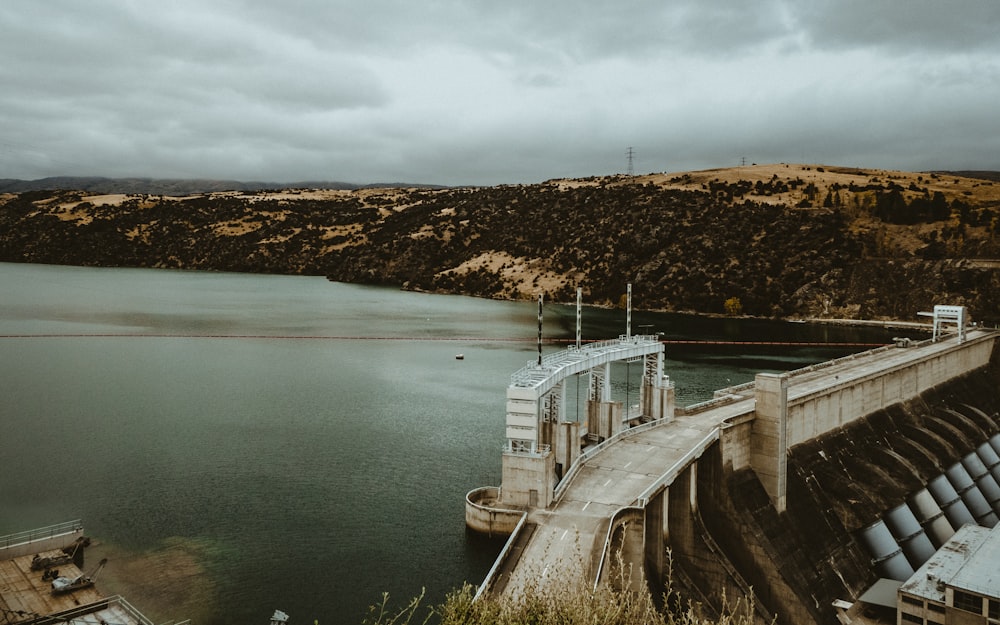
8. The Houtribdijk :
It was built between 1963 and 1975. Houtribdijk is a beautiful dam in the Netherlands, this dam connects the two cities of Lelystad and Enkhuizen with each other, and is named by the native people as the dam of Enkhuizen Lista. It is sometimes referred to as a dike rather than a dam because of a beautiful 27-kilometer lengthy highway running in the dam. For people with a knack for beautiful long drives, Houtribdijk is definitely worth the visit.
7. The Mangla dam :
Mangla is the seventh-largest dam in the world built in 1967 over the Jhelum River. Mangla is the second biggest dam in Pakistan. It is 3.14 kilometers long and has a water storage capacity of 9.12 cubic kilometers. Situated in the Mirpur District of Azad Kashmir. It got its name from the village of Mangla, besides its importance,water-accessible Mangla is also an amazing spot for tourism. The ancient fort of Ramkot is a water-accessible place near Mangla and is a huge tourist attraction. Other fun activities like boating, fishing, and barbecue also make it one of the most visited and loved tourist spots in Pakistan.
6. The Jinping :
The tallest dam in the world is the Jinping dam located in Liangshan, China. Its construction began in 205Dam and became the tallest dam in the world in 2014 after its completion. On 8 October 2012, the dam began to impound its reservoir. It has about a 1,000-foot tall arch and is used for several purposes like energy generation and flood protection.
5. The Gardiner dam :
Located
on the South Saskatchewan River. Gardiner Dam is the largest dam in Canada.
Gardiner has a height of 209 feet and is about five kilometers long, the width
of 1.5 kilometers at its base provides it with a huge volume of about 9.4 cubic
kilometers. In addition to being one of the largest dams in the world, Gardiner
is a famous tourist attraction as well other fun activities include hiking
camping, and beautiful picnic spots in places near the dam.
4. The Oahe dam :
The 4th
largest earthen dam in the United States is the Oahe Dam located in Missouri and South Dakota. Covering about 372 kilometers of land. It was
built in 1968 and urged its reputation as being the longest and largest dam along
the Missouri River. The dam has a power plant that supplies electricity to
many of the central states, the lake created by the dam known as the Oahe lake
is the main reason for the dam's tourist attraction. It has a variety of natural habitats including pallid sturgeon and other fish species which make it
worth a visit in a lifetime.
3. The Ataturk dam :
It is
a zoned Rockfill dam on the Euphrates River in the southeastern Anatolia
region of Turkey. Aside from being another longest dam in the world, it is
also one of the tallest dams at 166 meters in height. Starting in 1983 its
construction was completed in 1990, whereas the dam and the power plant were
put into service in 1992. This dam forms the third biggest lake in the world
known as Lake Ataturk, it has a length of about 1.8 1 Kilometer and a height
of 554 feet, which makes it one of the largest dams in the world. The dam power plant has a power capacity of 2,400 megawatts.
2. The Tarbela dam :
The largest earth-filled dam in the world is the Tarbela
dam located in swabi, Khyber-Pakhtunkhwa, Pakistan. It is 470 feet high and has
an approximate volume of 14 cubic kilometers making it the fifth largest dam in
the world regarding volume. Its construction was completed in 1976 and is used
to store water from the Indus River for multiple purposes. There are multiple
features of the dam that make it worth a visit in winters the reservoir settles
down giving a magnificent view of crystal-clear blue water, where fish could be
seen swimming about. In summers the opening of the spillways feels like an air
shower for the tourists watching from the parks nearby. To sum it all up a trip
to the world's biggest dam along with an amazing experience is definitely worth
the effort.
1. The Fort Peck dam :
The
2nd largest dam in the world is the Fort Peck dam located along the Missouri
River in Northeast Montana United States. Being 21,026 feet in length and over
250 feet in height this dam created the fifth largest lake in the US named Fort
Peck Lake. This Lake is man-made and the dam has a 2,400 and 50-kilometer shoreline, which in itself is an amazing fact. The construction of the dam was
started in 1933, but multiple reconstructions were finally completed in
1940. A volume of 22.7 cubic kilometers is one of the major reasons for its
tourist attraction and is also what makes it worth a visit.




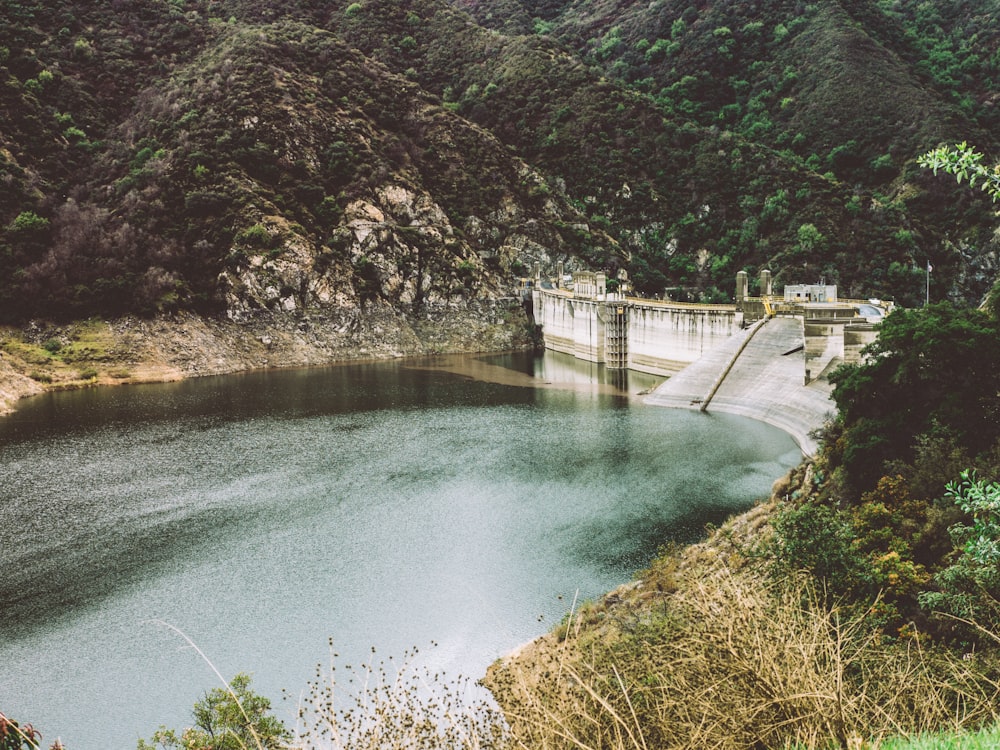
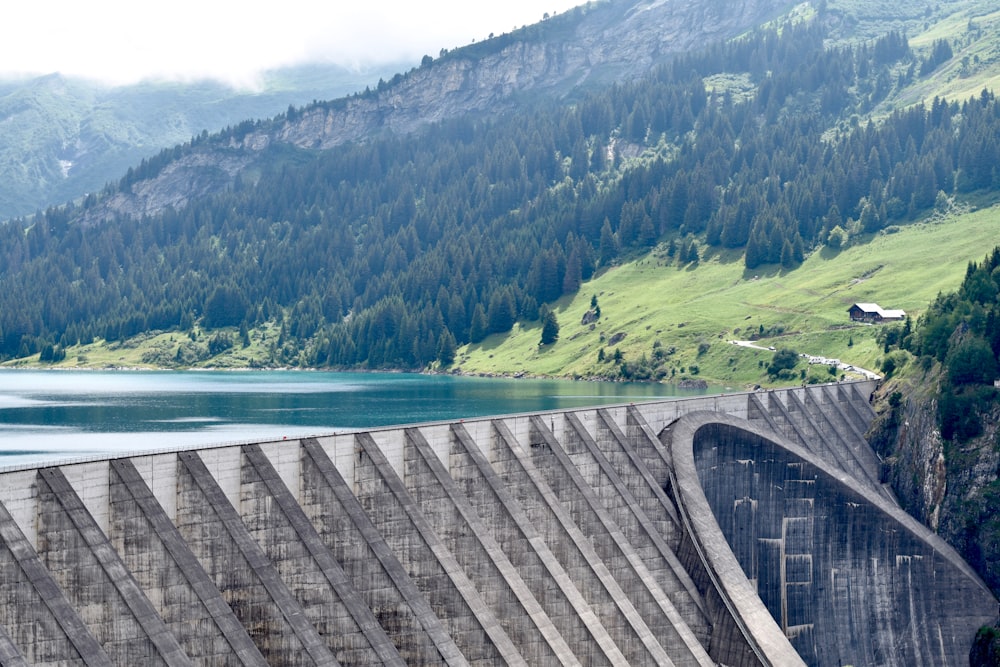
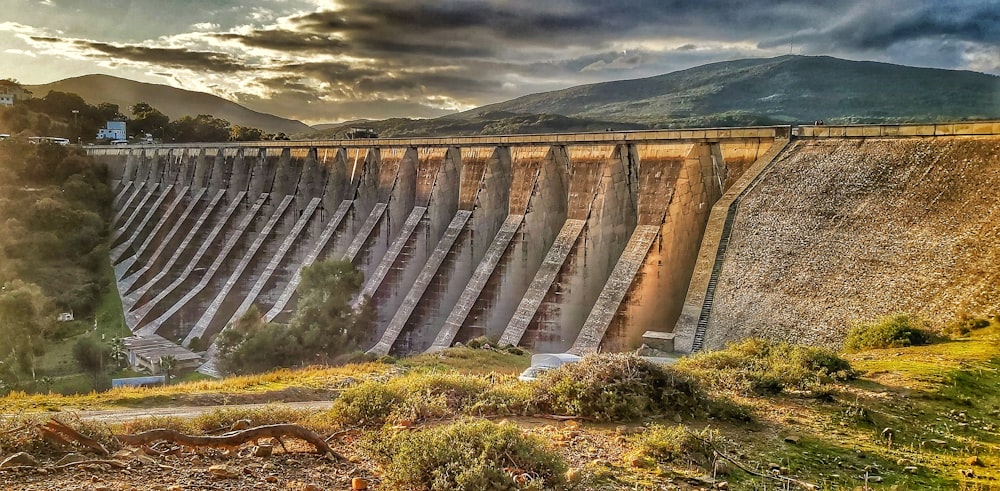
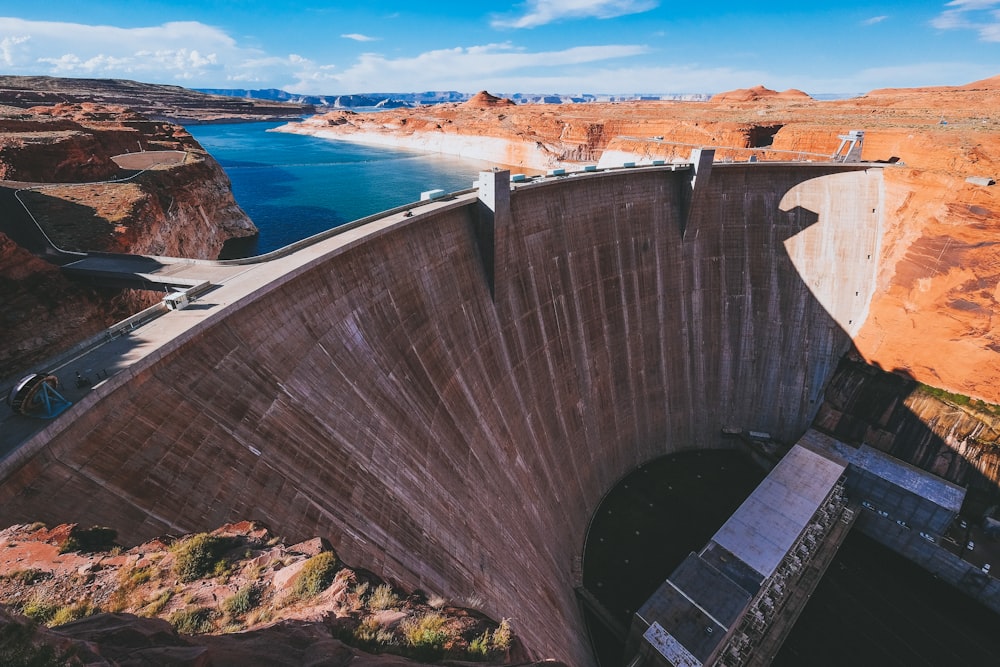
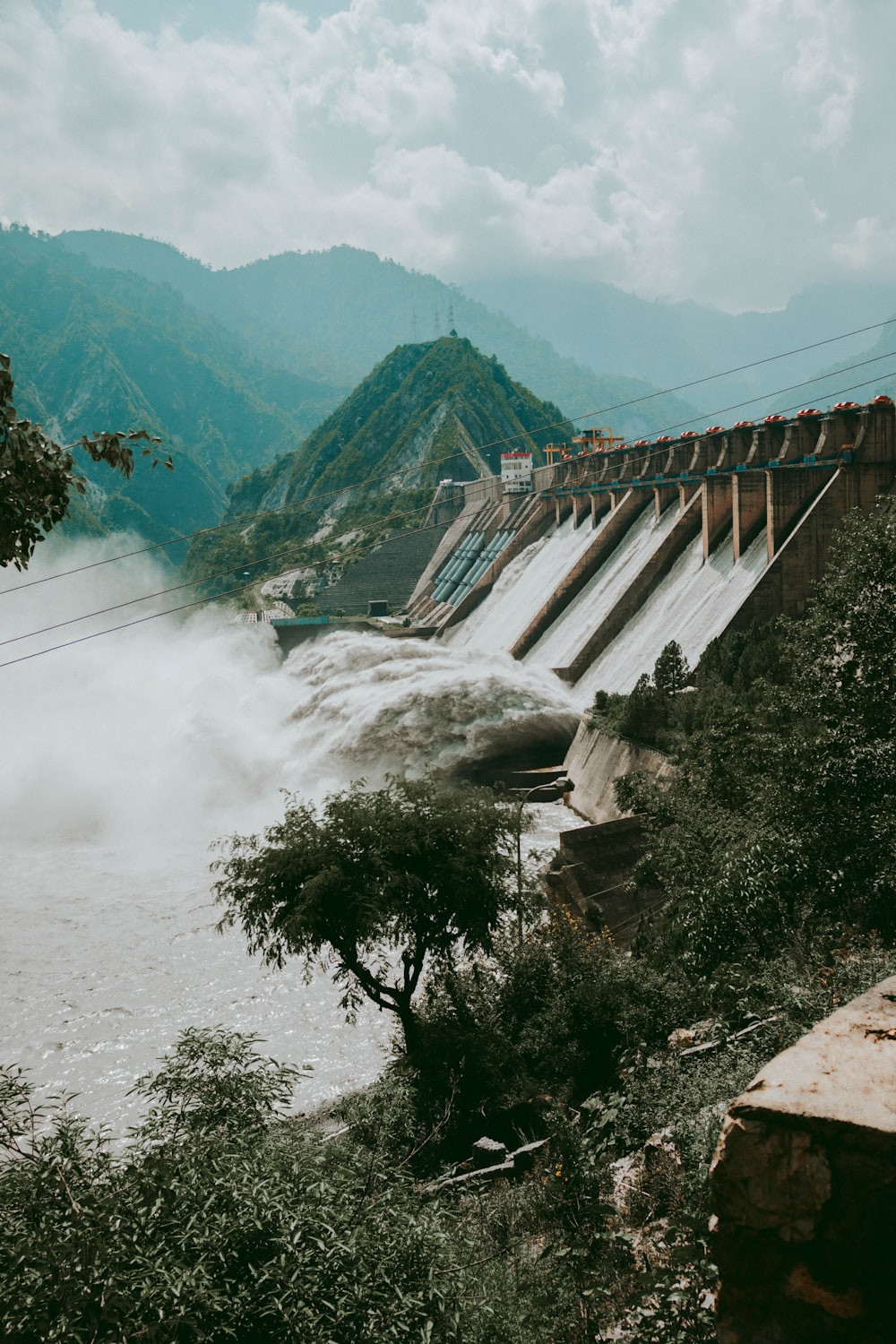



0 Comments
Please Do not enter any spam link in the comment box.